close
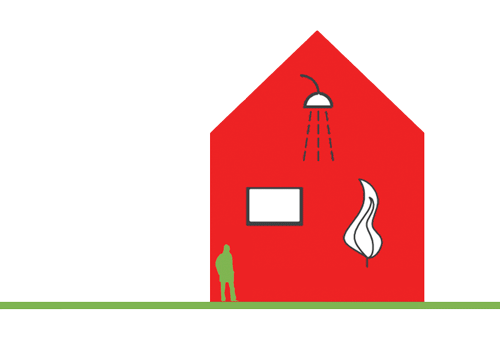
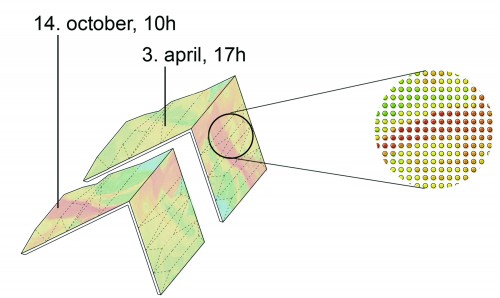
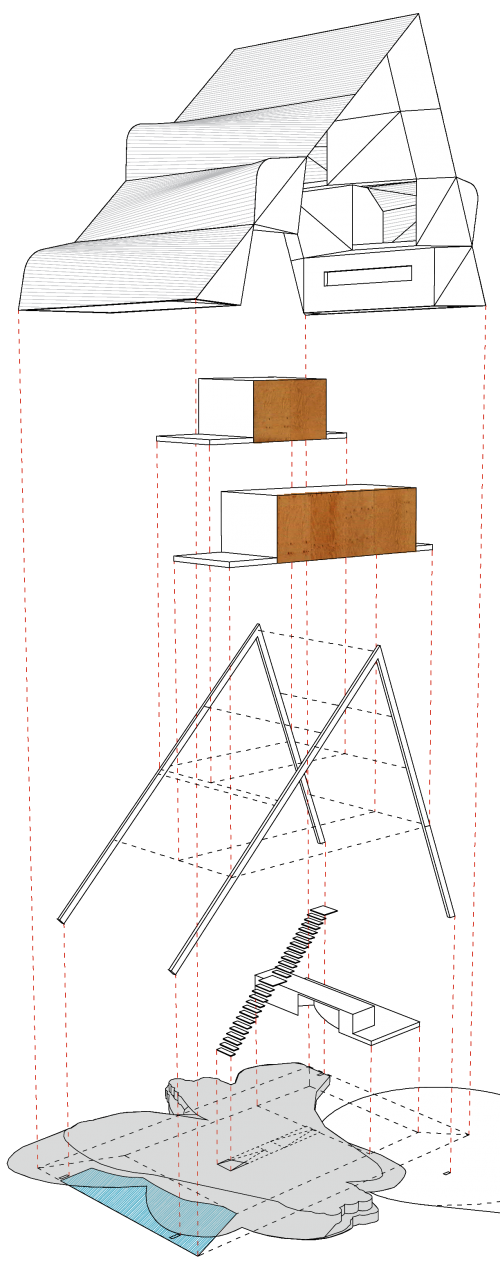

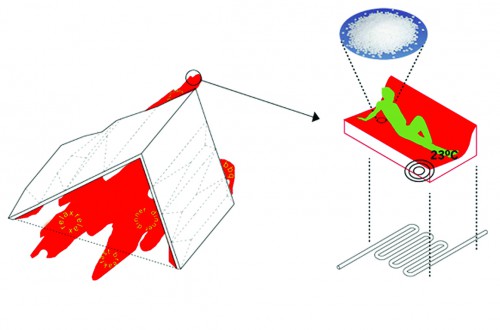
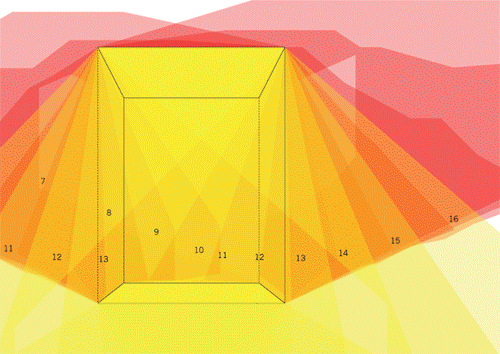
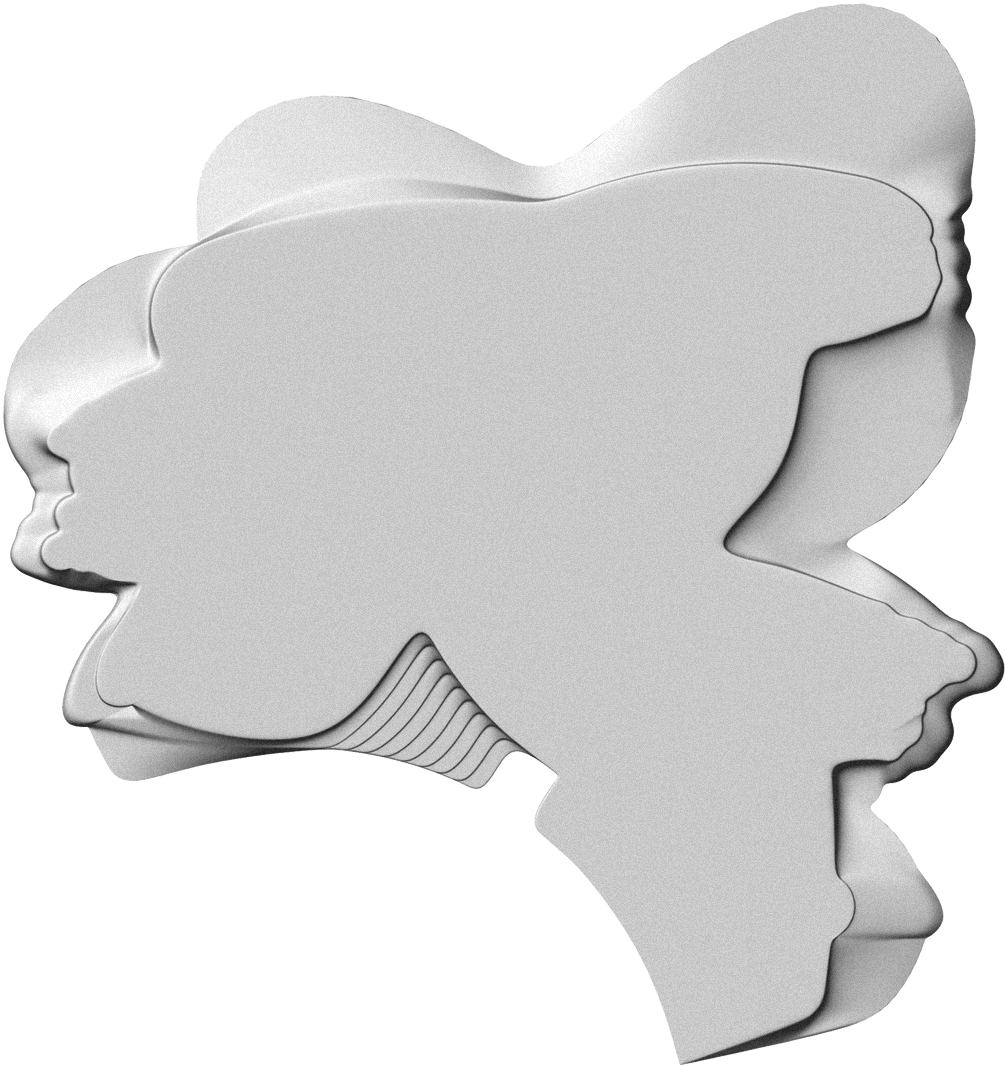
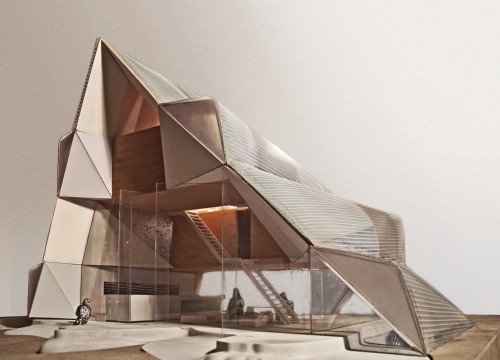
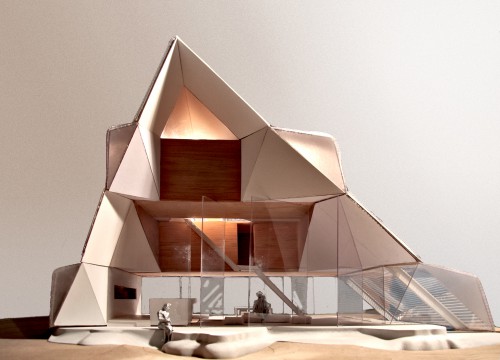
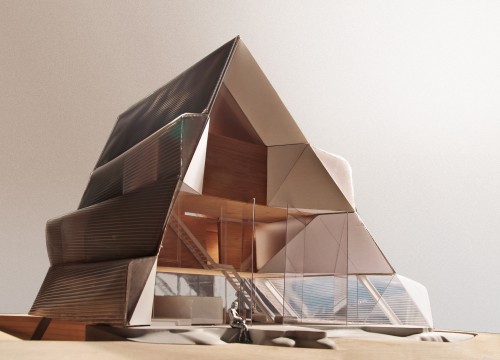
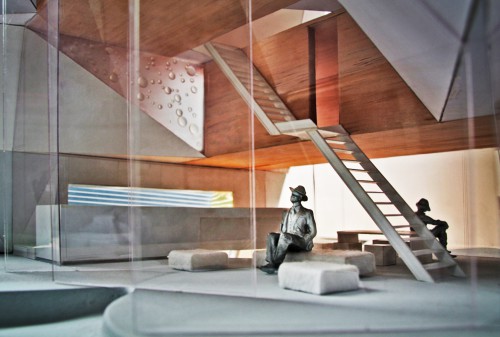
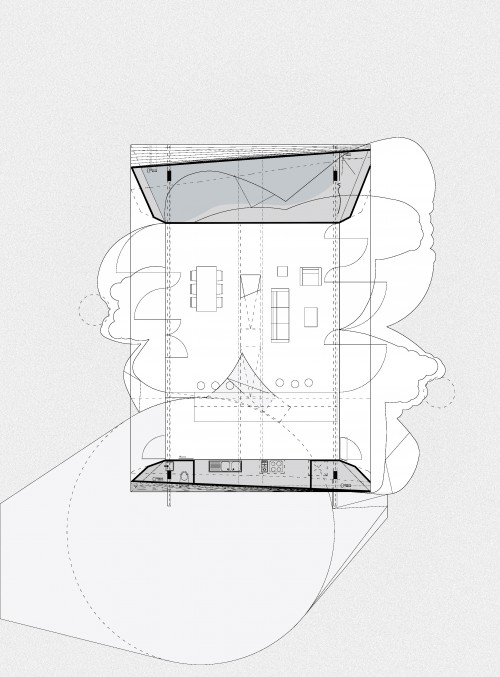
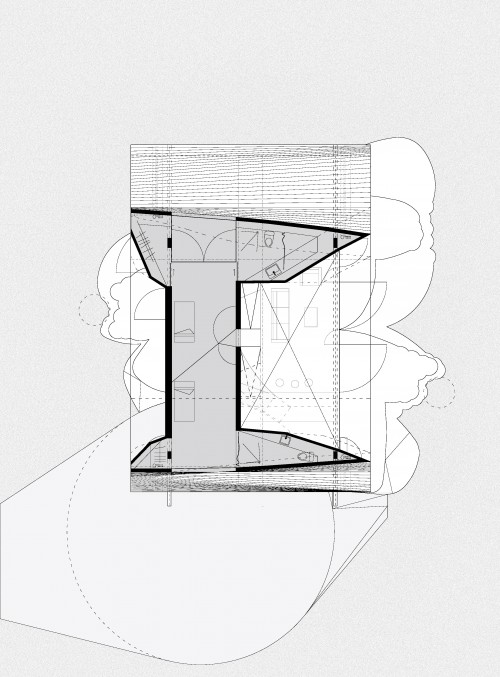
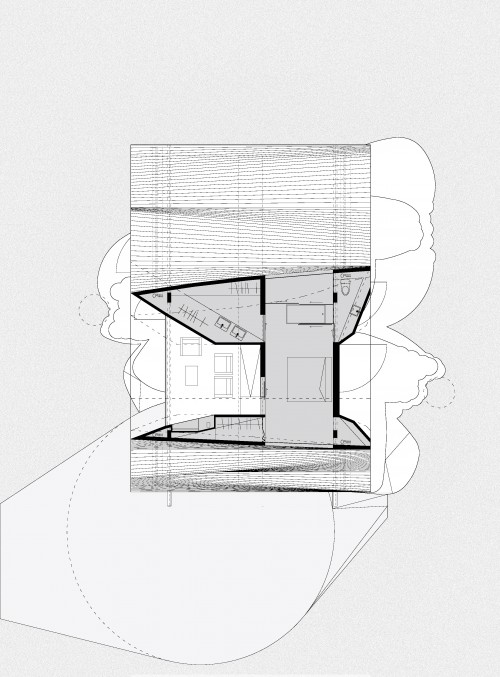
House in Heat
Rancagua, Chile
2007-2008
Rancagua, Chile
2007-2008

While we find ourselves amidst an accelerating arms race in the material and technological battle for energy efficiency, little thought seems to be put into the question of how temperature shapes our ways of inhabiting space. House in Heat uses temperature to actually organize space. Heat pockets located within the thickened A-frame roof contain all heating sources of the house and register their daily cycle through subtle color changes on the heat-sensitive facade. The remaining open space can be fully exposed to the outside and spills its floor surface into the garden. Through the use of PCM and heating/cooling pipes this floor surface is locally tempered to accommodate for different activities to take place along its carved out edges during varying times of day and year.
FAR frohn&rojas
Project Team: Marc Frohn, Mario Rojas Toledo, Natalia Becerra, Amy Thoner, Carlos Graf v. Ysenburg Philipp Seich
Project Team: Marc Frohn, Mario Rojas Toledo, Natalia Becerra, Amy Thoner, Carlos Graf v. Ysenburg Philipp Seich

programmatic redistribution establishing heat-pockets along the facade

heat-sensitive facade makes varying activities throughout the day and the year legible

basic design elements

elevations and section

the use of PCM and heating/cooling pipes this floor surface is locally tempered to accommodate different activities along its carved out edges during varying times of day and year


material homogeneity of the floor plateau counters the local thermal variation






